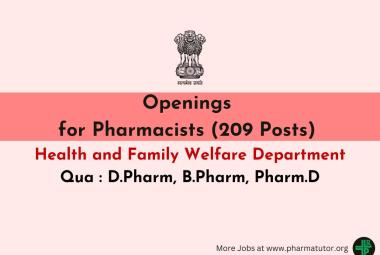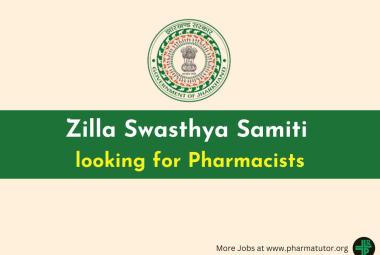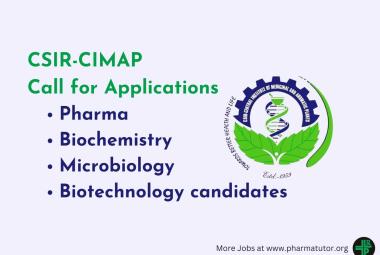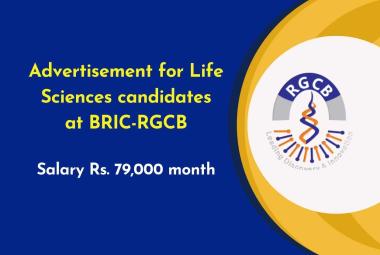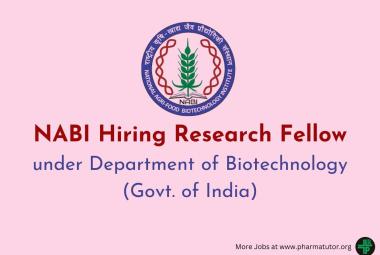A REVIEW ARTICLE: PRONIOSOMES
{ DOWNLOAD AS PDF }
ABOUT AUTHORS:
Shweta Vashist*, Jyoti Kaushik, Batra K. Sunil
Department of Pharmaceutics,
Hindu College of Pharmacy, Sonipat
shwetavashist55@gmail.com
ABSTRACT:
Skin is the main target of topical and transdermal preparations. Major aim of transdermal drug delivery sytem is to cross the stratum corneum. Now-a-days we better know vesicles have importance in cellular communication. Niosomal carrier are systems containing soft vesicles, composed of non –ionic surfactant and an alternative to liposomes. They can entrap both hydrophilic and hydrophobic chemicals but these types of vesicles include the superior physical stability problems such as aggregation, fusion, and leakage of encapsulated drug. Proniosomes are provesicular approach which overcomes the limitations of vesicular system (Niosomes). Provesicular approach has been proposed to enhance the stability of vesicles. Proniosomes is a compact semi-solid liquid crystalline product of non- ionic surfactant easily formed on dissolving the surfactant in minimal amount of acceptable solvent and the least amount of aqueous phase. Proniosomes can be converted into niosomes in –situ by absorbing water from the skin.
[adsense:336x280:8701650588]



 ABOUT AUTHORS:
ABOUT AUTHORS:  ABOUT AUTHOR:
ABOUT AUTHOR:  ABOUT AUTHORS:
ABOUT AUTHORS:  ABOUT AUTHORS:
ABOUT AUTHORS: